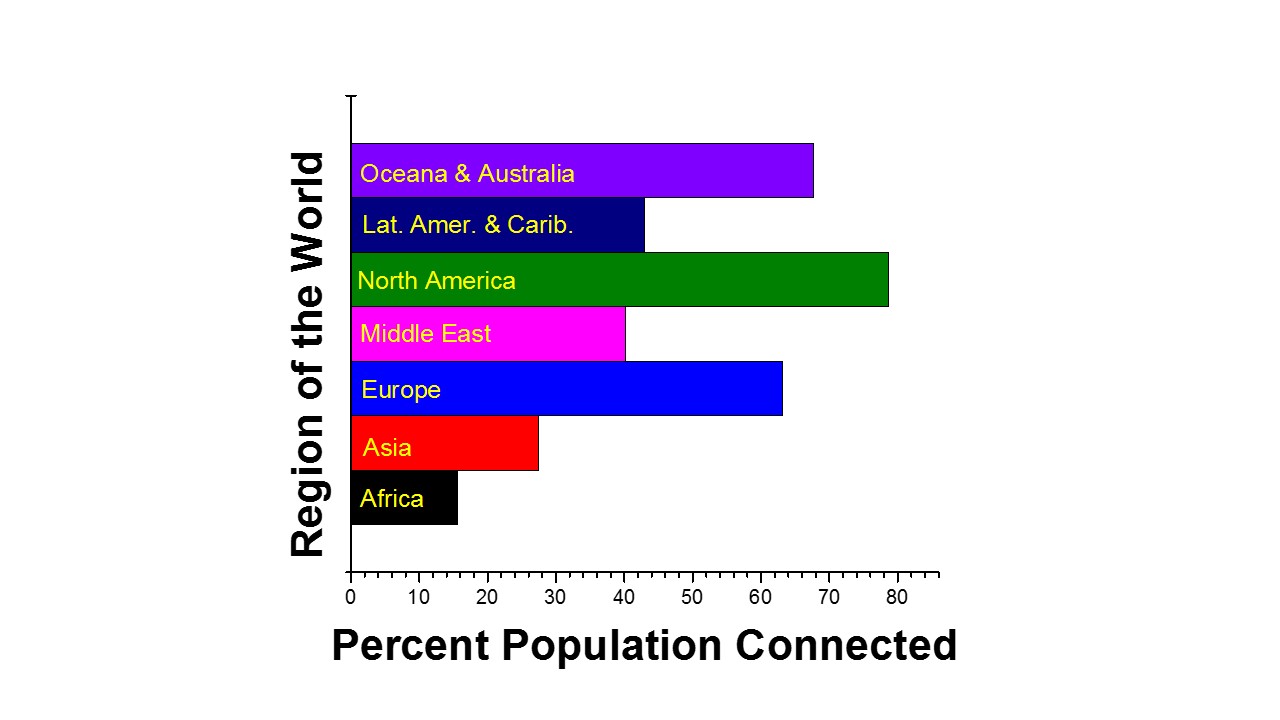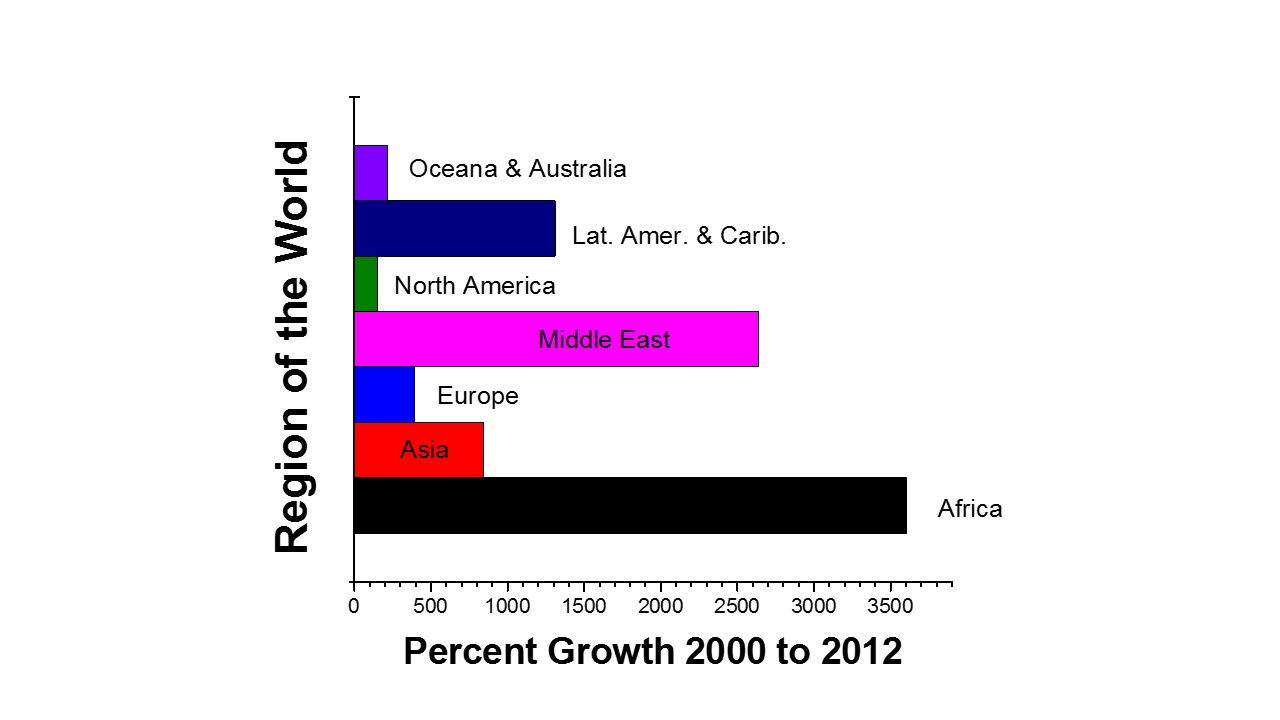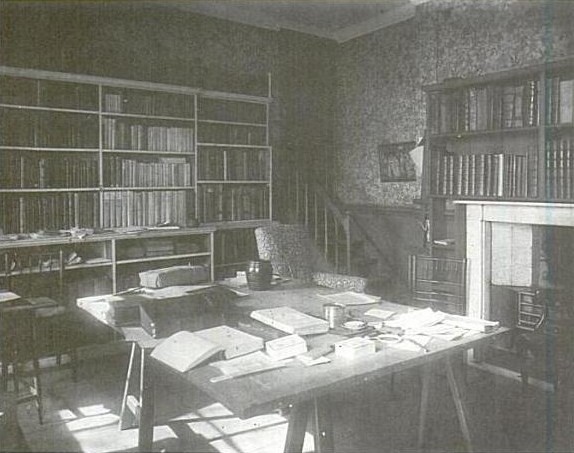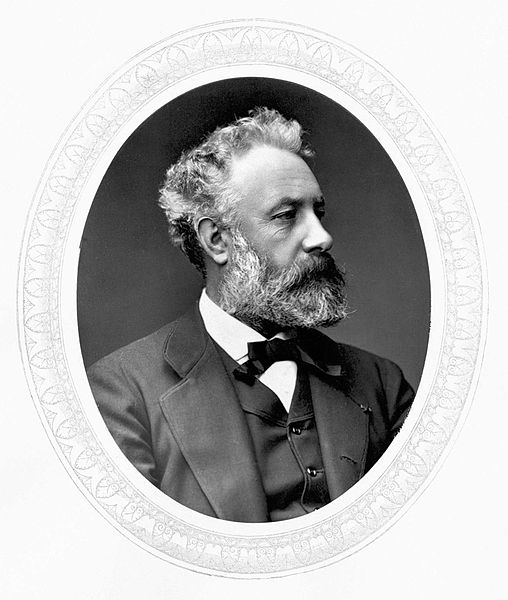Let me begin by saying that in my view the nineteen fifties were not the best of times for a first decade. But probably everyone feels that way about the awkwardness of childhood. Still I remember very itchy wool pants and a jar of hair lacquer named “Back to School” that remained in the family medicine cabinet far into the nineties – the thing was your hair could withstand a hurricane. I’m telling you this because I didn’t think that I could be made to be nostalgic about the fifties. But then yesterday a reader, Donna G., sent me this link, and I suddenly found myself amazingly transported!
The story is a peculiar one. Recently John Maloof found a treasure trove of negatives and prints in a auction. These pictures were taken over four decades from the fifties to the nineties, by a woman named Vivian Maier, who had worked as a nanny for several families, living mostly in New York City and Chicago. She led a secret life as a photographer, jealously guarding her secret, but at the same time amassing over 100,000 negatives and prints mostly taken with a twin lens reflex 2 1/4 ” x 2 1/4 ” camera.
The sensitivity of these sometime quirky images is marvelous. My father took pictures with such a camera and as a result, to me, they have a wonderful intimacy and take me back to a time when dirt was my friend and best friendships were born. I am so taken back that I am even wondering if the little blonde girl in one particular 1953 picture is my sister.
There are some truly wonderful portraits, many of children. One particularly striking 1956 image is of a beautiful young woman framed by a car window. This is a strange setting perhaps, although one she reverts to often, until you realize that it indeed is fitting and symbolic for the time of big cars. There are also some very clever self-portraits employing mirrors – distorted images in convex mirrors and infinities created by parallel mirrors. I am particularly fond of one obviously taken in a mirror store with fancy gilded baroque frames.
Maloof’s project to bring this fascinating woman and her work back to life is truly worthwhile, and it is quite an experience to step back in time and explore the website he has created. I think that for starters I have barely scratched the wonderful surface of Vivian Maier’s portfolios and am anxious to visit that world again. And, of course, I’m very grateful to Donna G. for introducing me to this fascinating body of work.




